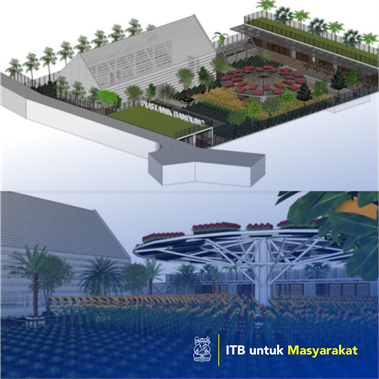

Agus Suharjono Ekomadyo
In West Java, the potential of the Muhammadiyah network is very large. There are 26 regional officials, 352 regional administrators, and 1350 administrators of branches, 13 assemblies, 6 institutions, and 7 autonomous organizations, who organize 600 kindergarten, 450 schools, 20 universities, 20 hospitals, 50 orphanages, and 700 mosques. From that network, Muhammadiyah relied on waqf as a driving motorbike empowerment. The main challenge that becomes the Waqf Assembly program is to build synergies between waqf assets so that the waqf can be a driving motor of community change. At present the activity of waqf still runs itself and is oriented to one activity. For example, this initiation is carried out in the Darul Arqom Garut Islamic Boarding School, where the pesantren tries to create a waste processing unit that is synergized with organic fertilizer and food installations. It is hoped that from the synergy of this waqf, Muhammadiyah is able to build an ecosystem consisting of thousands of business charities. To develop this mission, Muhammadiyah Barat Jawa tried to relay the use of productive waqf. The field that is the choice is agriculture .. Personally, many Muhammadiyah worshipers who succeeded with their productive waqf mission, but institutionally have not been strong, not many synergies between waqf activities. Here the Muhammadiyah Economic Assembly began to encourage stores for each twig, as a form of marketing network marketing agricultural products from productive endeavors. His enthusiasm is a producing village, the city that markets.
Application of writing
The assisted environment can be a mediator of socio-religious activities with urban farming activities. The main partner of this activity is the Wakaf Assembly and the North Sumatra Centers of Muhammadiyah, which will develop a productive waqf program and futures waqf for the economic progress of the community. The selected case is the design of the Urban Farming Education Facility in the Cisarua area, Cimahi. This facility is expected to be a knot for the integration of the network of social activities Muhammadiyah West Java with the production and consumption of Horticulture plants. It is hoped that through facilities designed, Muhammadiyah residents can be moved to streamline the yard with urban farming which produces vegetable products that can be marketed.